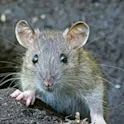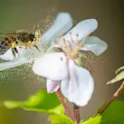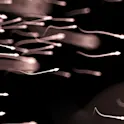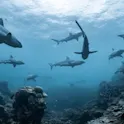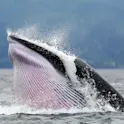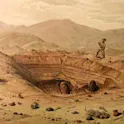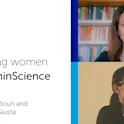
Featured news
26 Sep 2022
Phoebe Koundouri and Marina Della Giusta – Women supporting women
By Leticia Nani Silva , Rocio Caverzasi and Geraldine Clancy To celebrate International Equal Pay Day, we speak to the new Field Chief Editors of our Economics journals Professor Phoebe Koundouri and Professor Marina Della Giusta. Photo redit: Mrs Kattirzi via Frontiers Professor Phoebe Koundouri is an economics professor and world ambassador for sustainable development. She is listed in the 1% of most-cited women economists in the world. She holds two professorship titles, one at the Athens University of Economics and Business, and the other at the Technical University of Denmark. In addition to her academic roles, Professor Koundouri is the founder and Chair of the Alliance of Excellent for Research and Innovation on Aeiphoria (AE4RIA), President of the European Association of Environmental and Natural Resource Economists (EAERE), Chair of the SDSN Global Climate Hub, co-Chair of the United Nations Sustainable Development Solutions Network for Europe and Greece, Director of the Research Laboratory on Socio-Economic and Environmental Sustainability (ReSEES) at Athens University of Economics and Business, and of the Sustainable Development Unit & EIT Climate-KIC Hub Greece of the European Institute of Innovation and Technology at “Athena” Research and Innovation Center . Moreover, she is an elected member of Academia Europae […]

